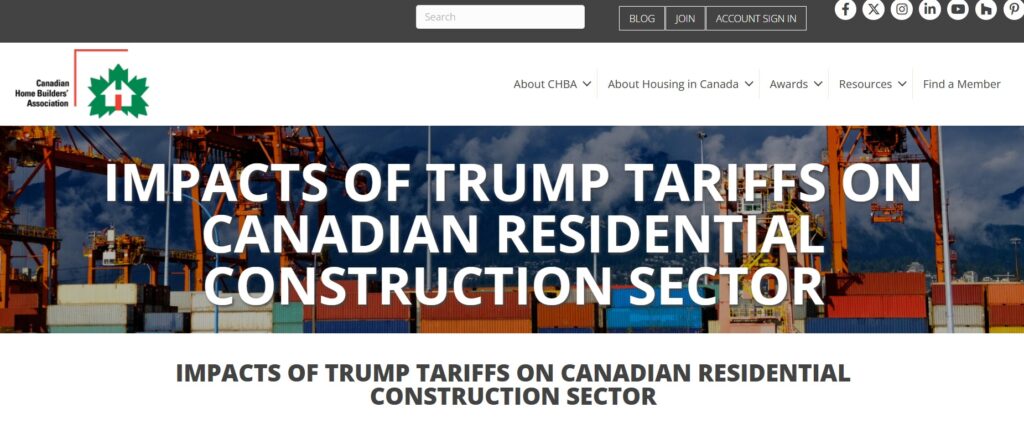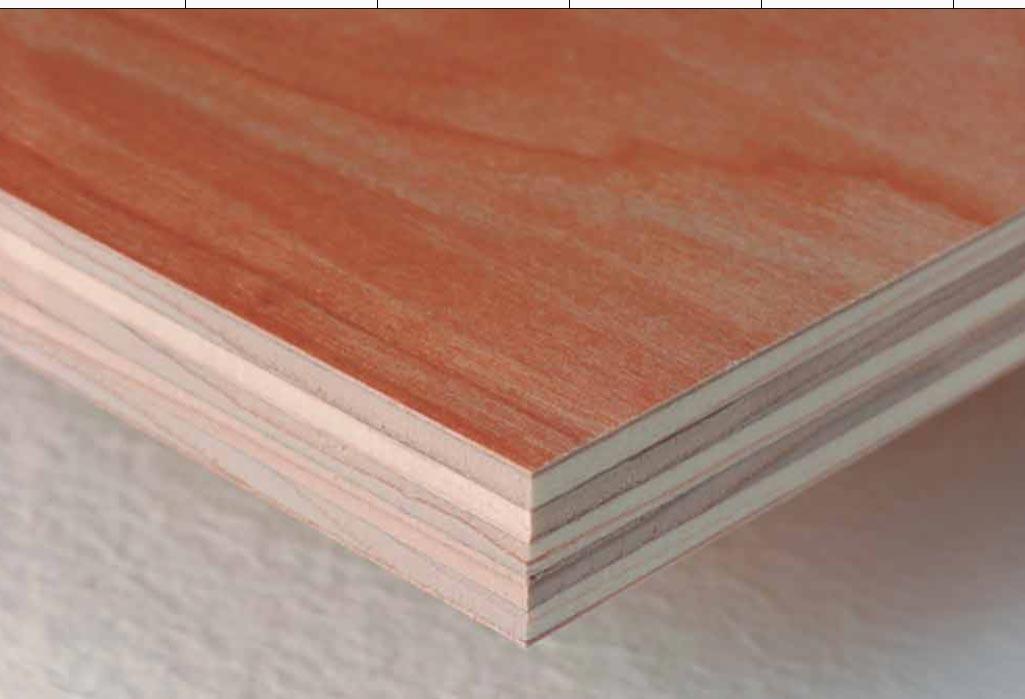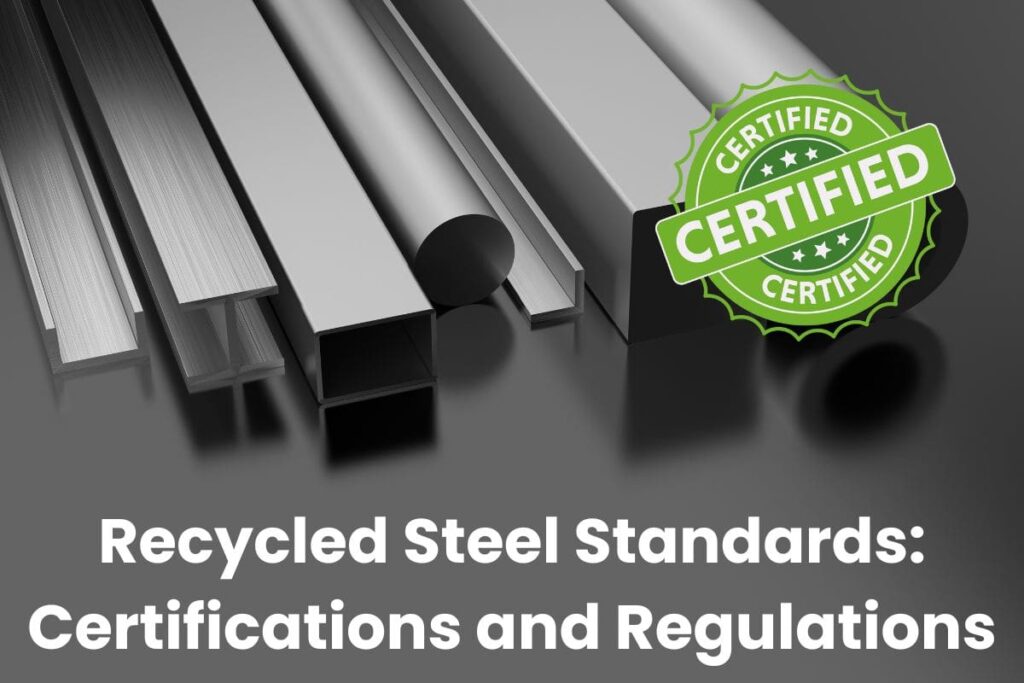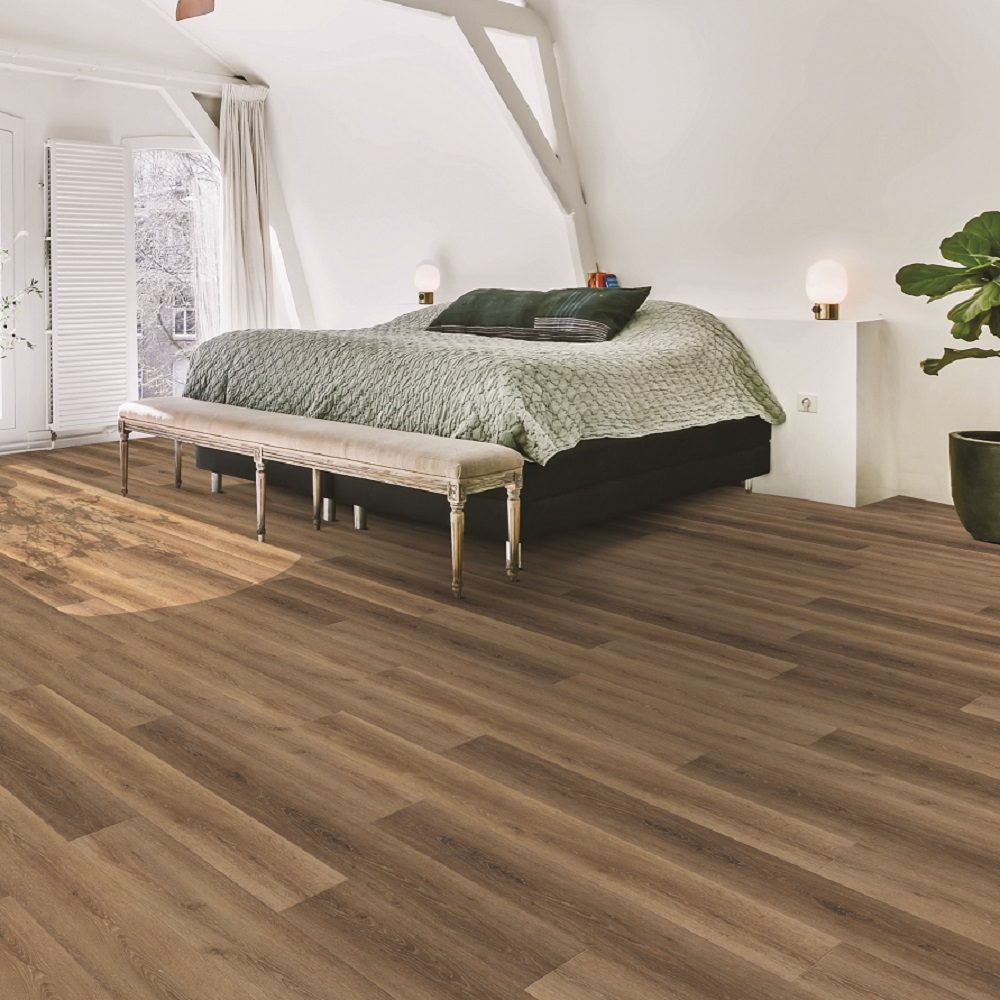Planning a home renovation in 2025? Be prepared for a different kind of blueprint—one that includes tariffs, trade disputes, and supply chain shifts. While the pandemic-era material chaos has settled somewhat, global economic tensions and ongoing tariff policies continue to influence the cost of renovation essentials—from cabinetry to flooring and beyond.
In this blog, we’ll explore:
-
Which materials are still affected by tariffs (and why)
-
How much prices have changed since 2023
-
Cost-effective alternatives to tariffed materials
-
Expert insights on what to expect moving forward
Whether you’re refreshing a kitchen or adding an extra bedroom, staying informed can help you stretch your renovation budget without cutting corners.
The Big Picture: Tariffs & Global Supply Chains
Tariffs are government-imposed taxes on imported goods, often used to protect domestic industries or to gain leverage in trade negotiations. In construction and home improvement, which rely heavily on international materials, these tariffs have a direct impact on project costs.
While some tariffs imposed during the U.S.-China trade war have eased, others—including those on Canadian softwood lumber and Chinese-manufactured components—remain in place or have been restructured under new trade agreements. Supply chains, still recovering from the pandemic and climate-related disruptions, are contributing to longer lead times and unpredictable pricing.

Top Materials Affected by Tariffs (and Their 2025 Price Trends)
1. Cabinets & Countertops
-
Tariff Update: U.S. and Chinese tariffs on engineered wood and stone products remain, though slightly reduced.
-
2025 Price Increase: Cabinets up 8–15%; Quartz countertops up 12–18%.
-
Why: MDF and quartz often come from tariff-affected countries.
-
Alternatives: Opt for Canadian plywood, butcher block counters, or recycled quartz.

2. Flooring (Hardwood, Engineered Wood, Laminate)
-
Tariff Update: U.S. tariffs on Canadian softwood lumber remain around 14%.
-
2025 Price Increase: Hardwood flooring up 10–25%, engineered wood up 8–15%.
-
Why: Export restrictions and logging regulations continue to squeeze supply.
-
Alternatives: Luxury vinyl plank (LVP), bamboo, or cork flooring are more tariff-resilient.

3. Metal Products (Steel Beams, Nails, Appliances)
-
Tariff Update: Global steel tariffs persist due to geopolitical tensions and carbon tariffs in the EU.
-
2025 Price Increase: Structural steel up 15–30%, appliances up 8–12%.
-
Why: Demand for low-emission steel is pushing prices up.
-
Alternatives: Recycled steel or locally manufactured components with green certifications.

4. Plumbing & Electrical Fixtures
-
Tariff Update: Some relief on Chinese-manufactured components, but new carbon and safety compliance fees apply.
-
2025 Price Increase: Fixtures up 5–12%; electrical parts up 5–10%.
-
Why: Supply chain fragmentation and green compliance costs are factors.
-
Alternatives: Opt for North American or EU-made products for quality and fewer surprise fees.

5. Windows & Doors
-
Tariff Update: Aluminum tariffs have stabilized but high energy costs keep prices elevated.
-
2025 Price Increase: Premium aluminum windows up 10–15%.
-
Why: Energy-intensive materials are affected by environmental surcharges.
-
Alternatives: Vinyl or fiberglass window frames; double-pane glass made in Canada.

The Real Cost to Homeowners & Contractors
A kitchen remodel that cost $30,000 in 2020 can now easily top $42,000 in 2025, largely due to elevated material and labor costs. Flooring, cabinetry, and imported fixtures are among the biggest budget-busters.
Contractor Insights:
-
More homeowners are phasing renovations over multiple months to spread costs.
-
Contractors are bulk-ordering materials when prices dip and storing them to avoid price hikes.
-
Delays are still common for specialty items sourced internationally.
Case Study: Lumber’s Ongoing Price Ride
-
2021: Lumber prices surged 300% due to pandemic disruptions and trade tensions.
-
2023: Prices dropped but stayed about 40% above pre-pandemic levels.
-
2025: Current prices remain 25–35% higher than in 2019, with volatility tied to U.S.-Canada trade disputes and sustainable forestry regulations.

Smart Ways to Stay on Budget
1. Choose Tariff-Free or Local Materials
-
Canadian-made materials often bypass international tariffs.
-
Check for the “Made in Canada” or “USMCA-compliant” label to avoid hidden costs.
2. Consider New-Gen Alternatives
-
Flooring: Swap hardwood for high-durability LVP or engineered bamboo.
-
Countertops: Try porcelain slab or eco-resin materials instead of granite or marble.
3. Shop Smart
-
Time purchases with national sales (e.g., Canada Day, Boxing Week).
-
Ask your contractor about early-bird bulk discounts or warehouse deals.
4. Renovate in Phases
-
Tackle foundational or structural work now.
-
Schedule non-urgent aesthetic updates (backsplash, light fixtures) for later.
What Experts Predict for 2025–2026
-
Lumber: May plateau but stay above 2019 prices.
-
Steel & Appliances: Likely to stay high due to energy and carbon costs.
-
Fixtures & Electricals: Expected to drop slightly if global supply chains normalize.
Pro Tip: Always budget an extra 10–20% to accommodate unexpected material or freight cost hikes.
Conclusion: Budget-Conscious Reno Planning in 2025
Tariffs, trade rules, and material scarcity are rewriting the rules of renovation. But with strategic planning and smart substitutions, you can still bring your dream space to life without financial regret.
Remember: Renovating in 2025 isn’t just about design—it’s about timing, sourcing, and staying adaptable.
Further Reading:
-
The Globe and Mail: Building Costs and Budgeting for 2025
-
Statistics Canada: Updated Trends in Construction Material Prices
Have you run into surprise renovation costs? Tell us your story in the comments!


